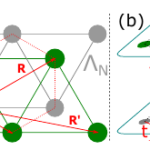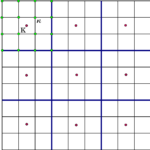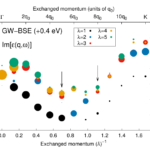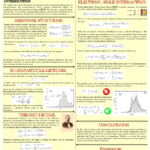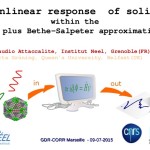Luminescence of hexagonal boron nitride explained
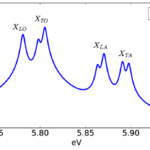
Luminescence of hexagonal boron nitride (hBN) has puzzled researchers for long time. In standard solid state physics textbooks direct band gap semiconductors are considered efficient light emitters while indirect ones are regarded as inefficient. Hexagonal boron nitride seems to defy this rule. In fact hBN emits light in the ultraviolet with an efficient comparable to… Read More
